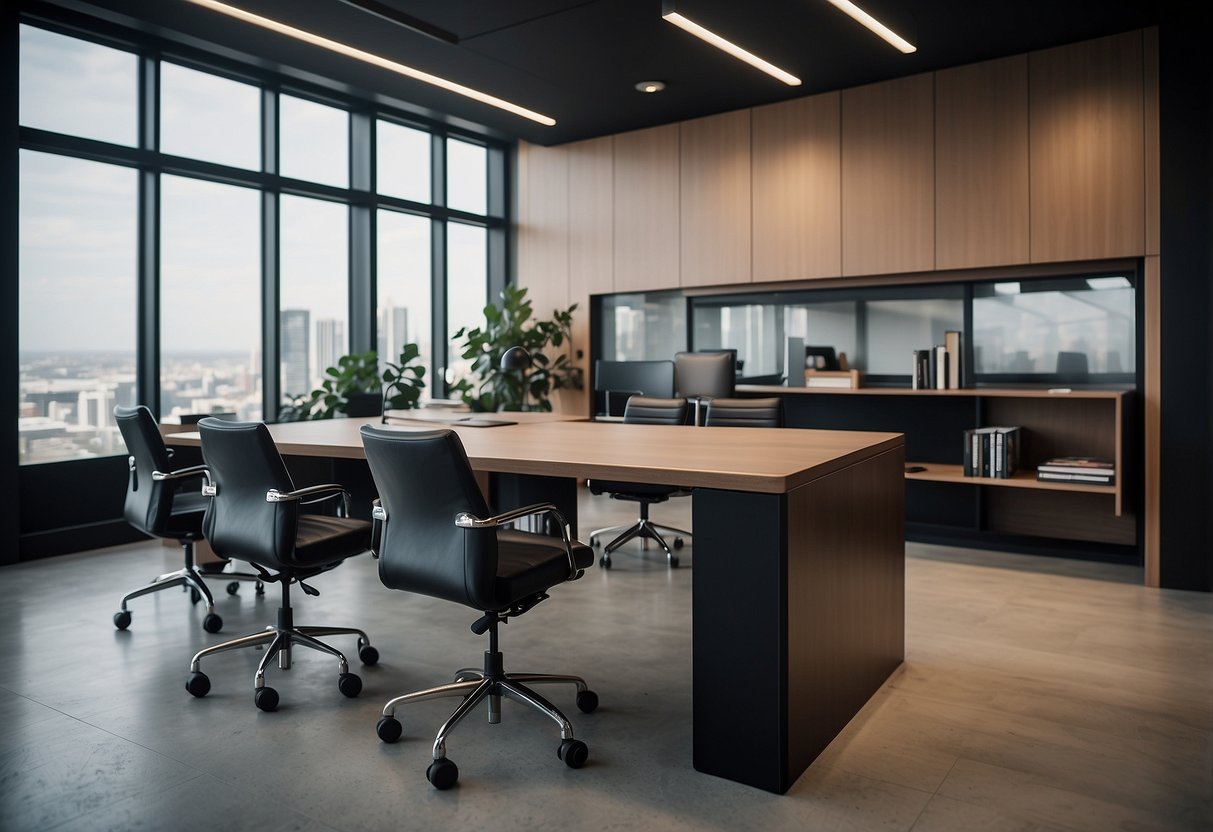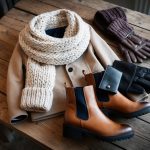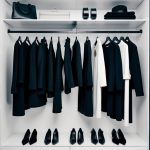
Dressing for Success in Specific Industries
Different industries demand unique styles of professional attire, reflecting their distinct cultures and standards of professionalism. It’s crucial to understand these nuances to dress appropriately and make a positive impression.
What to Wear in Finance, Law, and Government Sectors
In sectors like finance, law, and government, business formal attire is the standard. These industries prioritize professionalism and conservatism. A well-fitted business suit—typically in dark colors like navy, black, or grey—is essential. Men should opt for tailored suits, dress shirts, and ties. Women should consider suits with either skirts or trousers, accompanied by blouses or formal tops.
Footwear should be polished and professional, such as oxfords for men and closed-toe heels or flats for women. Accessories should be kept minimal and tasteful. In environments such as courtrooms or high-level meetings, the emphasis is on appearing authoritative and respectful. Adhering to these expectations can demonstrate reliability and competence, which are highly valued in these fields.
Understanding the Culture of Creative and Tech Industries
Creative and tech industries often adopt a more relaxed approach to dress code. Here, casual or business casual attire is often acceptable, reflecting an emphasis on innovation and individuality. Jeans paired with neat shirts or blouses are common, as are dresses and casual blazers. Colors and patterns are generally more varied, allowing for personal expression.
Footwear can range from sneakers to loafers, depending on the specific company culture. It’s important to maintain a neat and tidy appearance, even when dressing casually. Accessories can be more expressive, reflecting personal style while remaining appropriate for a professional setting.
In this environment, dressing in a way that balances comfort and professionalism can foster creativity and collaboration. Understanding these guidelines helps individuals fit seamlessly into the dynamic and evolving culture of creative and tech workplaces.
Adapting to Different Professional Environments
Understanding how to dress appropriately involves considering geographical and climatic variations as well as navigating dress codes during business travels. Small adjustments can significantly enhance one’s professionalism and comfort.
The Role of Geography and Climate in Your Wardrobe Choices
Different climates and cities require specific wardrobe modifications. In warmer climates, lightweight and breathable fabrics such as cotton or linen are crucial to maintain comfort without sacrificing professionalism. For colder regions, layering is key. Having a good selection of stylish yet warm coats, scarves, and gloves can help maintain a professional appearance even in harsh weather.
Seasonal changes within the same location also necessitate wardrobe adaptations. Investing in versatile pieces that can be layered or worn differently across seasons ensures that the wardrobe remains functional and stylish year-round. Neutral colors and classic cuts often provide the flexibility needed to adapt to different professional environments without requiring a complete wardrobe overhaul.
Handling Dress Codes While Traveling for Business
Business travel frequently involves encountering varying dress codes. It is important to research the expected attire for each destination to avoid any missteps. For example, what is considered business casual in one city might be perceived as underdressed in another. Having a versatile wardrobe with adaptable pieces ensures readiness for unexpected formal or informal occasions.
Packing efficiently while traveling for business involves selecting items that can be mixed and matched to create multiple outfits. Choosing wrinkle-resistant fabrics can help maintain a polished look throughout the trip. Additionally, understanding the cultural norms of the destination can influence wardrobe choices, ensuring respect for local customs and enhancing overall professionalism.



